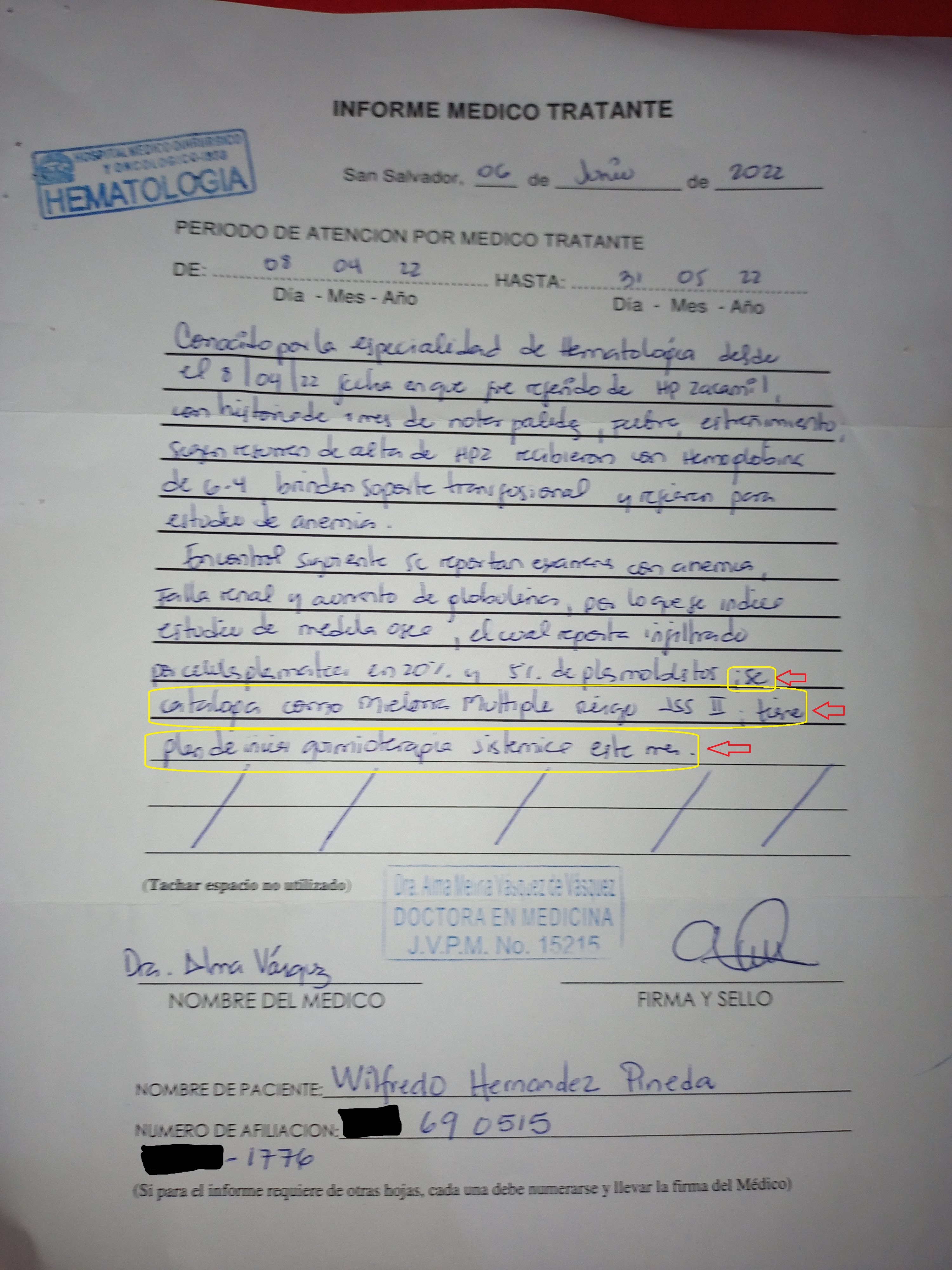

Multiple myeloma is a type of cancer tha develops in plasma cells, which are a type of white blood cell that helps fight infections by producing antibodies. In multiple myeloma, cancerous plasma cells accumulate in the bone marrow, crowding out healthy blood cells and producing abnormal proteins that can cause complications.
Key Facts About Multiple Myeloma
1. Causes and Risk Factors:
The exact cause is unknown, but genetic mutations and environmental exposures may play a role.
2. Symptoms:
Bone pain, often in the spine or ribs.
Frequent infections due to weakened immunity.
Fatigue caused by anemia.
High calcium levels, leading to nausea, thirst, constipation, and confusion.
Kidney damage due to abnormal proteins.
Easy bruising or bleeding from a reduction in platelet levels.
3. Diagnosis:
Blood tests to detect abnormal proteins and calcium levels.
Urine tests for Bence Jones proteins.
Imaging studies (X-rays, MRIs, or CT scans) to check for bone damage.
Bone marrow biopsy to confirm the presence of cancerous plasma cells.
4. Treatment:
Targeted Therapy: Medications that attack specific abnormalities in cancer cells.
Chemotherapy: Drugs that kill fast-growing cells.
Immunotherapy: Enhances the immune system’s ability to fight cancer.
Stem Cell Transplant: Replaces diseased bone marrow with healthy cells.
Supportive Care: Focuses on managing symptoms like pain and infections.
5. Prognosis:
While multiple myeloma is not curable, it is treatable. New therapies have significantly improved life expectancy in recent years. Early detection and advanced treatments are key to managing the disease effectively.